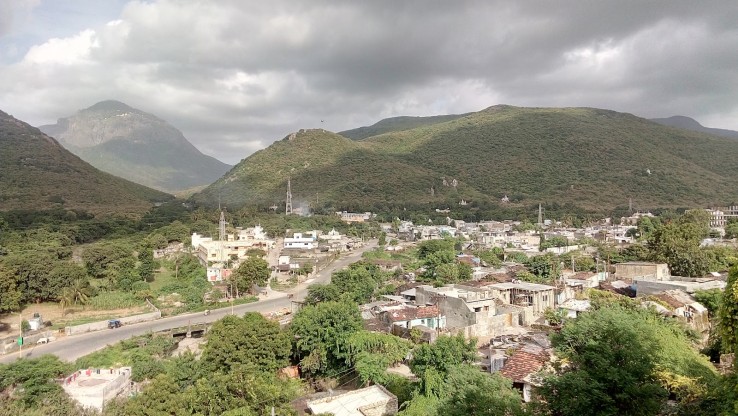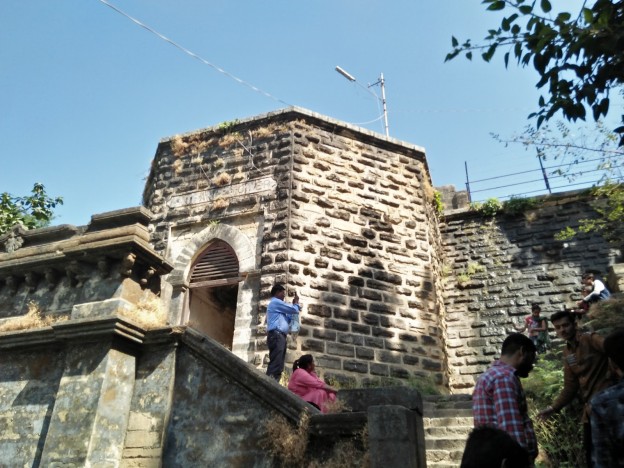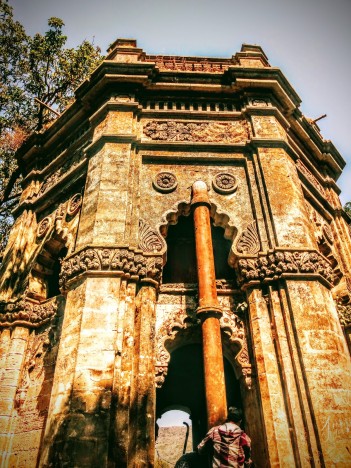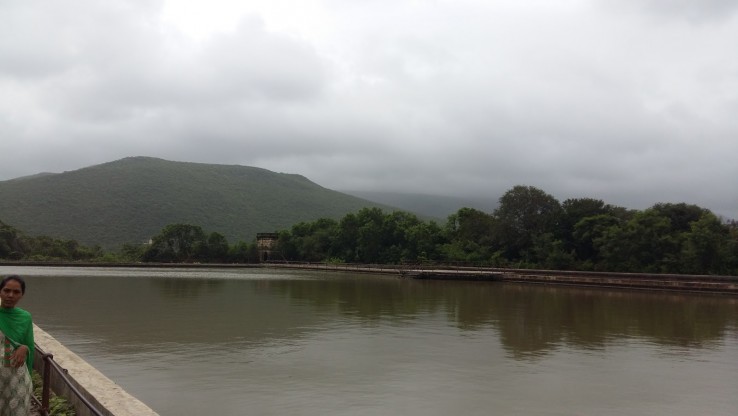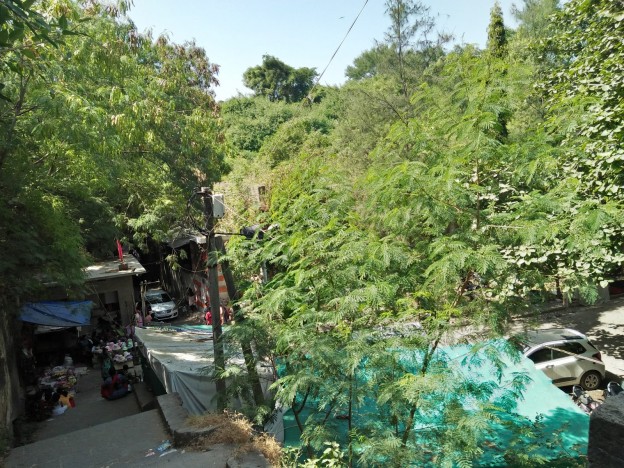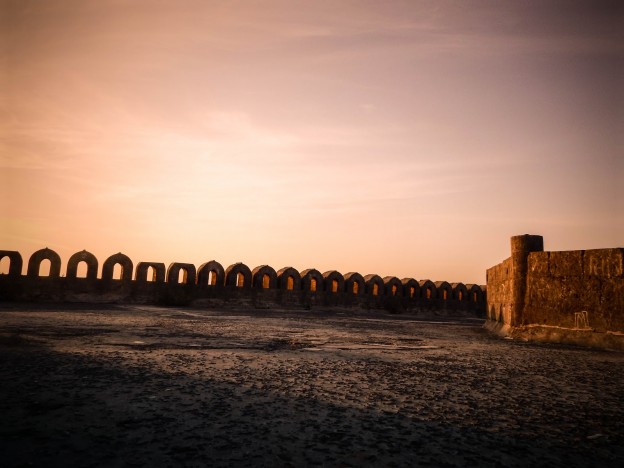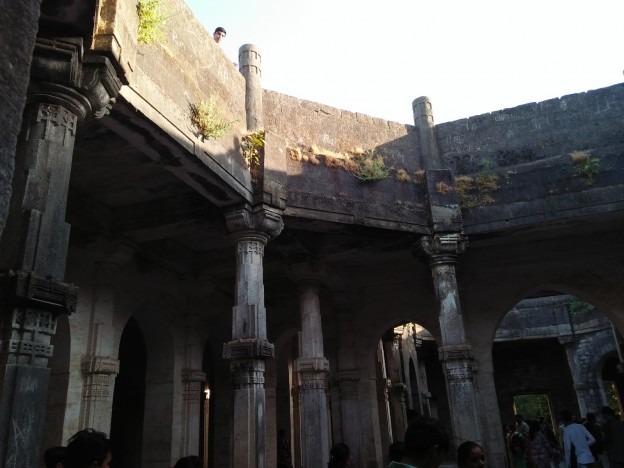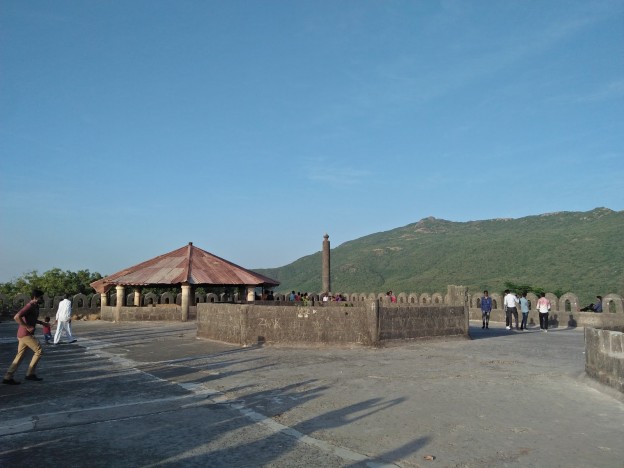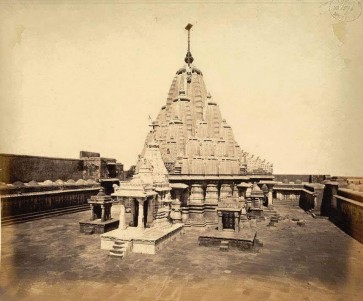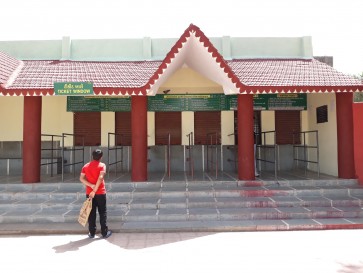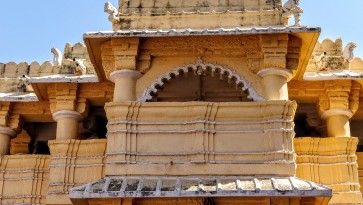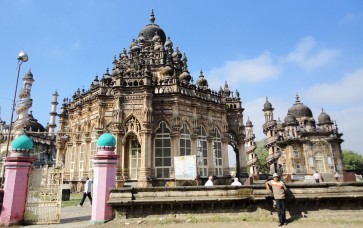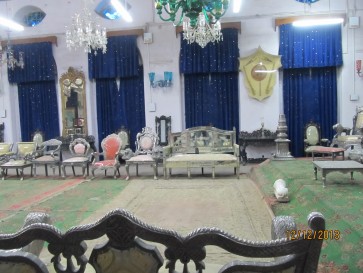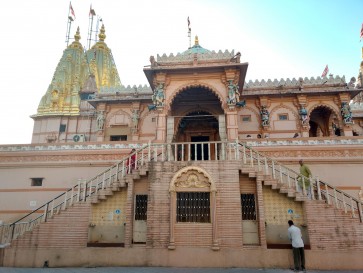Uparkot Travel Map
In the middle of the town of Junagadh, there is the ancient Upper Fort or Uparkot on the plateau, which is believed to have been built around 312 BC by Changradupta Maurya. This fort has a long history that includes 16 attempts to besiege this fort over a period of 800 years. One of these sieges, lasted for 12 years but was unsuccessful. This fort after its construction remained in oblivion for 300 years and was rediscovered during 976 AD. It was finally deserted around the 7th or 8th century after which it was hidden by the neighbouring jungles. The gateway of this fort has a triple entrance style, which takes visitors to the remnants of a huge cannon, 15-feet high, known as ‘Nilamtope’ that was built in Egypt in 1531. The Nawab of Junagdh obtained the ‘Nilamtope’ from a Turkish Sultan. There are two step wells in this fort popularly known as ‘Navghan Kuva’ and the ‘Adi Chadi Vav’. The Navghan Kuva was built in the 11th century and is 50 metres deep, which can be navigated by a flight of stairs in the circular pattern inside the well. On the other hand, the bottom of the Adi Chadi Vav can be reached by a set of 170 circular steps. As tourists enter this fort, taking a left course will take them to the Jami Masjid, the ceiling of which is supported by 140 pillars. Proceeding further on that road, one can reach the 1,500 years old Buddhist caves. Known to date back to 500 AD, these caves are carved inside the rocks of the hill with floral patterns carved on the stone. On the north and south of this fort, some other attractions are the Khapra Kodia caves and Babupyana caves.
Other Places To Visit In Junagadh
Gujarat 362150, India
